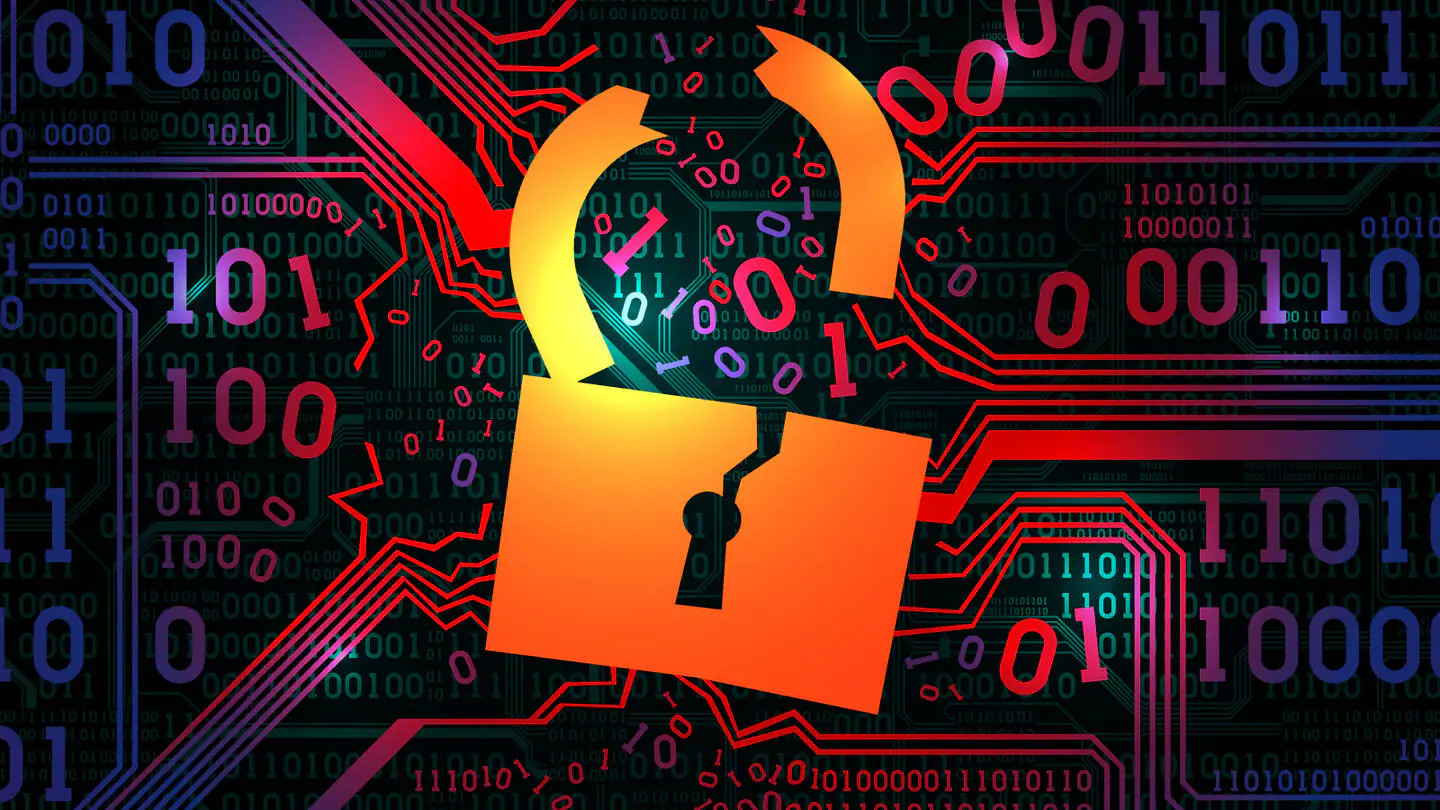As we progress into 2024, the protection of critical infrastructure against cyber threats has become a paramount concern, especially with the advent of quantum computing. Quantum cryptography emerges as a key player in this arena, offering groundbreaking solutions to safeguard these vital systems. This article delves into the role of quantum cryptography in bolstering the security of critical infrastructure, addressing its advancements, challenges, and the broader implications for national and global security.
Quantum Cryptography: A New Frontier in Cybersecurity
Quantum cryptography, particularly Quantum Key Distribution (QKD), provides a novel approach to secure communication, leveraging the principles of quantum mechanics. This technology is theoretically immune to the vulnerabilities that threaten traditional cryptographic methods, making it an ideal solution for protecting critical infrastructure in the quantum era.
Advancements in Critical Infrastructure Protection
Unprecedented Security Levels: Quantum cryptography offers a level of security that is currently unattainable by conventional means. Its ability to detect any attempt at eavesdropping ensures the integrity of communication channels, crucial for critical infrastructure systems.
Resilience Against Quantum Computing Threats: Traditional cryptographic methods are at risk of being compromised by quantum computing. Quantum cryptography, however, is inherently resistant to such threats, providing a long-term security solution for critical infrastructure.
Enhanced Communication Reliability: The adoption of quantum cryptography in critical infrastructure networks enhances the reliability of communications, ensuring uninterrupted and secure transmission of data, which is vital for the seamless operation of these systems.
Challenges in Implementing Quantum Cryptography
Technological and Infrastructure Integration: Implementing quantum cryptography within existing infrastructure requires overcoming significant technological hurdles and substantial financial investments.
Scalability and Accessibility: Scaling quantum cryptographic solutions to protect extensive and diverse critical infrastructure networks presents a considerable challenge.
Interoperability and Standardization: Developing standardized protocols and ensuring interoperability among different systems and sectors is essential for a cohesive and effective security framework.
Global and National Security Implications
The integration of quantum cryptography in critical infrastructure has far-reaching implications for national and global security. It not only enhances the resilience of nations against cyberattacks but also sets a new standard in the protection of critical assets, including energy grids, transportation systems, and communication networks.
Conclusion
In 2024, quantum cryptography stands at the forefront of critical infrastructure protection, offering robust solutions to emerging and future cyber threats. While challenges in implementation and scalability persist, the potential of quantum cryptography to revolutionize the security of critical infrastructure is undeniable. As the technology matures and becomes more accessible, it is poised to play a crucial role in safeguarding national and global assets, ensuring their resilience in the face of evolving cybersecurity challenges. The integration of quantum cryptography into critical infrastructure protection strategies is not just an enhancement; it’s a necessary evolution to counter the sophisticated threats of the quantum computing era.







